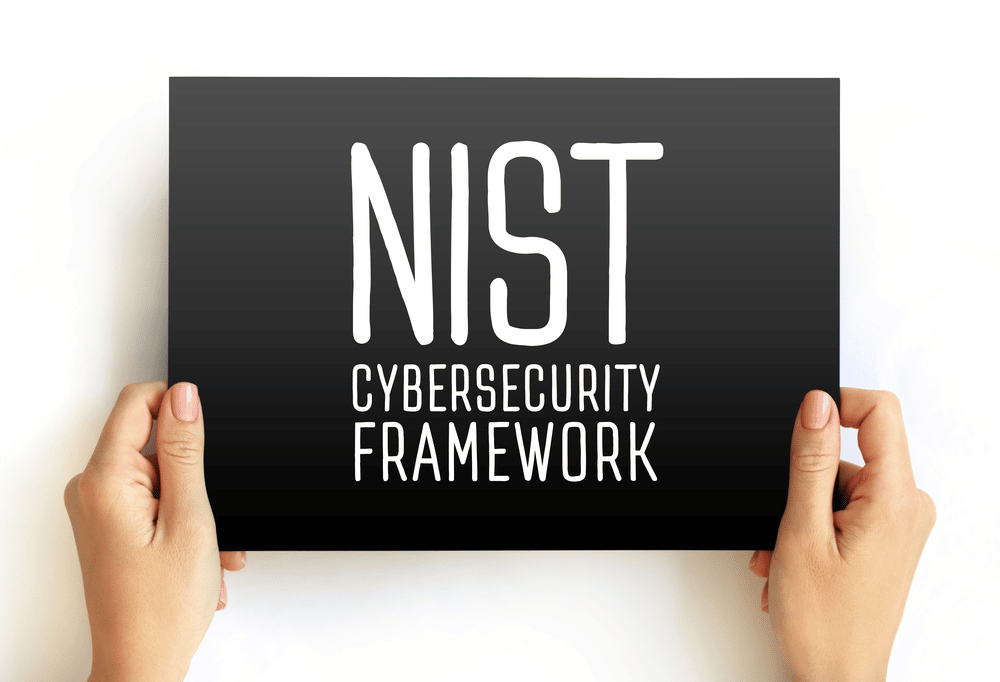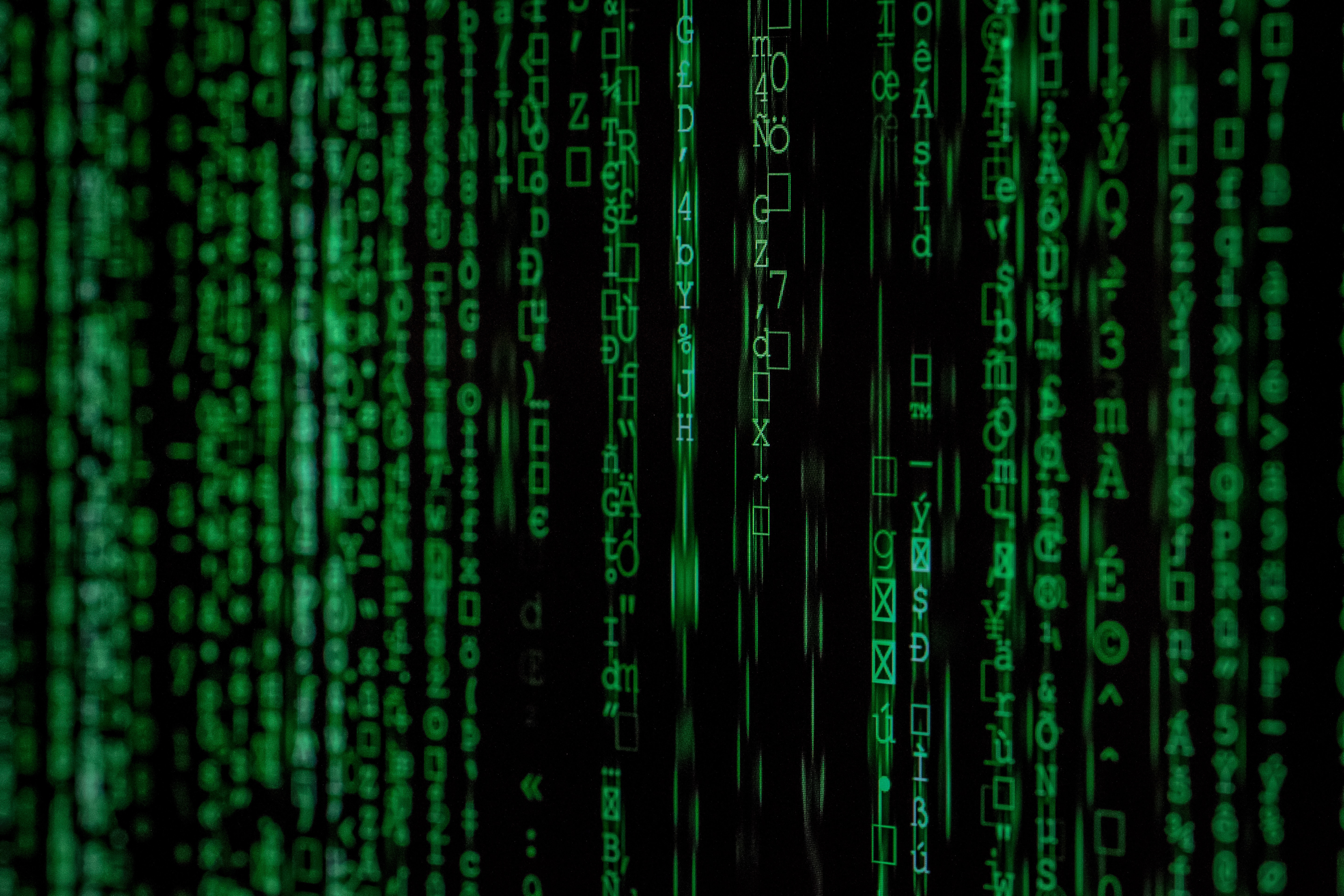What Is the NIST Cybersecurity Framework?

The NIST cybersecurity framework exists as a set of guidelines and optimum practices that are recognized and aimed at managing and improving cybersecurity operations. This framework has provided organizations with a flexible approach to adapting to security-related situations.
However, what does this framework offer, and how does it achieve these results that put organizations in good security positions? Let’s find out the implementation details to keep you up to speed and enjoy the benefits for your organization.
Purpose and Scope of the NIST Cybersecurity Framework
The major purpose of establishing this framework is to provide several functioning organizations with a solid security structure. The structure provided will effectively equip organizations with optimal security to protect from cyber-attacks.
This structure encompasses a set of guidelines, best practices for improving critical infrastructure cybersecurity, frameworks for improving critical infrastructure cybersecurity, and policies. Improving critical infrastructure cybersecurity, frameworks, and the standards they should adhere to. These various cybersecurity frameworks, policies, frameworks, and standards are essential to help organizations identify and assess security risks and measures for proper mitigation.
Importance of a Standardized Cybersecurity Framework
Several aspects make the cybersecurity framework important, the most important being clarity. It creates an even ground with a common language that several organizations can relate to, regardless of their services and size.
The framework should also work well to match properly with the best practices in the industry while providing scalability features. It also brings about optimal risk management decisions. It can manage cybersecurity risks, risks, and outcomes for small businesses and organizations while matching regulatory and compliance requirements with standards and documents.
Core Components of the NIST Cybersecurity Framework

Identify
Asset management also is an essential part of the NIST cybersecurity framework that should not be excluded when considering your organizational operations. It concerns identifying every asset in the organization in question and cataloging them through documentation. Some assets that assess asset management also cover software platforms, hardware, data, etc.
Another core component of this framework is the business environment component concerned with the operational atmosphere. It mainly focuses on the internal and external factors that affect an organization’s operations since they affect certain proceedings.
The internal factors focused on identity management are the objectives, goals, and missions the organization is based on for operations. On the other hand, the external factors of identity management span the industry’s threats, legal requirements, security standards, and regulations.
Governance is also essential in the full NIST cybersecurity framework, as there is a need for executive and management teams and a formal structure to exist within an organization. This component of the full NIST and cybersecurity framework involves creating roles in order of hierarchy and assigning personnel to complete operations properly. The personnel assigned to each role will manage the related responsibilities. They will also be held accountable for every occurrence of cybersecurity events and operation progression.
The risk assessment process should remain in the risk management strategy and assessment framework as it greatly benefits organizations. The Risk management framework is the sole component that helps organizations to understand attack targets and detect potential threats and vulnerabilities. It also covers the discovery risk assessment and selection of procedures that will serve the organization in mitigating these threats for optimal protection.
After understanding the concept of supply chain risk management, it is essential to perform the process by creating a well-laid-out strategy. This strategy is important to manage the threatening situations that the organization incurs with several workable measures. The measures that an optimal strategy for the supply chain risks, risk management decisions, and processes should provide must cover ways to mitigate, accept and avoid the vulnerabilities.
Protect
Protection, as determined by the framework, attracts the necessity to control the freedom of access to sensitive data. This is mostly done with personnel in the five functions of the organization within five functions. It’s essential to protect specific information, especially sensitive data, from being stolen or altered. Implementing access control measures like Role Based Access Control and Multi-Factor Authentication serves this purpose.
It’s essential to possess knowledge about security measures in the digital business environment, which counts as a sup component in the framework core. By creating awareness and training employees in cybersecurity frameworks, your organization improves attentiveness to your security policies and procedures. It goes further to improve cybersecurity outcomes and the rate at which your organization reacts to cyber attacks on a national institute general scale.
Securing your data is important, similar to security controls, but differs from the access control subcomponent. Unlike access control, data security involves measures to guarantee information protection from threats and attacks on a general scale. Prioritizing this data security sub-component protects your organizational data from issues that might cause privacy violations.
Implementing information security measures to protect your organizational data and operations requires setting some procedures. These procedures are called information security management systems or protection processes and are activities that help solidify your organizational and information systems. It’s essential to plan the procedures and have them documented to solidify the protection strategies in the framework.
Another sub-factor in the protection component is the maintenance factor, and it is equally essential as the others for optimal protection.

It involves asset management and keeping all security measures, cybersecurity measures, cybersecurity policies, strategies, critical infrastructure services, and assets in check to ensure they are in good condition and functioning properly. Maintenance also attracts consistent updates or advancements of the current cybersecurity policies, measures, and strategies to better solutions depending on the trends.
The protective technology factor in critical infrastructure cybersecurity calls for technology-based solutions to manage cybersecurity risk and solidify security procedures. Technology improves and evolves consistently, improving critical infrastructure cybersecurity posture. This improvement also involves keeping up with regular updates that follow the trends to get the best results. Prioritizing this protective technology factor, critical infrastructure services, and others under the protection component of critical infrastructure cybersecurity helps your organization solidify its cybersecurity defenses.
Detect
Continuous Monitoring, Anomalies, and Events
The detect component in the NIST cybersecurity framework helps to keep organizational cybersecurity activities at their optimal runtime during operations. It involves monitoring the various cybersecurity activities to discover any abnormal pattern that can impede the functionality of operations. Optimal detection procedures for these anomalies allow faster reactions when deviation and abnormalities occur.
Continuous monitoring also falls under the detect component due to its importance in keeping critical infrastructure services in the framework running. It involves consistently paying attention to the runtime of critical infrastructure services in certain organization sections which affect most operations. These aspects include security and continuous monitoring of the application, networking, and information systems essential for seamless operations.
Security Event Logging and Detection Processes
The framework also prioritizes the need to document certain aspects of organizational functions, and one way is security event logging. It involves documenting every security-related event about the security and protection of your organizational data. These cybersecurity event logs are created to capture security-related events like system changes, login sessions, and attempts.
One or more detection processes exist in the framework, the detection process, which helps to factor out every hindrance and obstacle. The detection process works to help the organization identify issues that come up with the operations and service during runtime. Using solutions like event and risk management frameworks, security continuous monitoring, intrusion, and detection systems, and prevention systems work to handle these kinds of situations.
Respond
Response Planning, Mitigation, Communications, and Analysis
Responding to a situation is also essential when managing a cybersecurity incident or risk event, and it needs to be optimally planned out to get the best solution. Response planning involves creating optimal strategies to help mitigate and manage cybersecurity risk events and related incidents. Response plans include certain responsibilities assigned to employees to identify functions that serve as incident responders when managing the situation.
Communication in the response core component is a priority, as the organization must stay current. Information needs to pass across to other resources in every operational role to aid faster responses to situations, and effective communication facilitates this. All communication channels must be well-defined to solidify the authenticity of the information for optimal first-response planning.
It is also essential to analyze the incidents your organization experiences, and the analysis factor under the response component covers it.
The analysis process involves accessing the security event logs you have created to identify the causes and solutions to incidents. The analysis stage is also a phase that concerns intelligence gathering and organizational understanding of how each respondent utilizes the available information for problem resolution.
The next phase after the incident has been analyzed from the available logs is the mitigation of the hindrances to operations. It is a phase that implements the solutions derived based on analysis to ensure the issues are resolved optimally. An example is implementing a containment strategy where a data breach already occurs, eradicating it, and restoring optimal functionalities.
Recover
Recovery Planning, Improvements
The recovery component starts with the recovery planning of areas affected by the last serious cybersecurity event or incident after the contents of response planning. It involves getting all systems back to working conditions and, in turn, making them function better with improved security controls. The phase mostly encompasses restoration and backup strategies to save data and create a condition reversal enabling continual operations.
Working on improvements is prioritized by the framework as it helps to create resistance to issues and comes after the mitigation phase. The improvement phase exists to enhance security by accessing the reasons for the breaches and affected areas. It’s an analysis to get the study pattern to avoid chain risk management having the incident repeat itself for the same reason and in the same way.
Communication for Recovery and Recovery Coordination
Communication is important when responding to incidents and is required when performing recovery activities and operations for the organization. Informing every inside team member, including partners and customers, based on their role is essential to keep them up to speed. It is also a process that aids seamless recovery activities by putting every member on the same page creating a synergy to restore the organizational operations faster.
Recovery coordination creates synergy when restoring organizational operations to optimal working conditions. It involves all members coming together to perform their responsibilities based on their assigned roles for faster and more effective restoration. The recovery coordination continues beyond internal members alone and organizational understanding; it involves external factors like third-party vendors and external stakeholders connected to these processes.
Framework Implementation Tiers

Tier 1 – Partial
Tier 1, also known as the partial tier, shows the initial stage of awareness and approach that an organization currently has towards cybersecurity-related threats. The tier represents a stage of limited awareness where the organization needs more knowledge about these threats and the solutions to implement. It can also represent the phase where an organization only has the basic strategies to resolve the issues but could be more effective or satisfactory.
Tier 2 – Risk Informed
The next stage is tier 2, the cybersecurity risk-informed stage, where an organization has become aware of these threats and understands their cybersecurity risks. It’s also a stage where the organization implements more systematic solutions to resolve and protect cybersecurity risks from threats. The implemented solutions are further improved, prioritizing cybersecurity risk assessments and assessments, creating former policies for cybersecurity outcomes and stronger security, and aligning cybersecurity activities with their objectives.
Tier 3 – Repeatable
Tier 3, also called the repeatable stage, is where an organization finally has a defined set of solutions and processes to implement. These processes are then set in order of a cycle and are repeated to continuously guarantee protection from threats and attacks. The stage also shows the efficiency of the implementation tiers of an organization’s risk management strategy in measuring the performance of the implemented solutions.
Tier 4 – Adaptive
Here is the final stage, the tier 4 or adaptive stage, where an organization has reached the highest possible security sufficiency. It then creates adaptive strategies to respond to new threats and issues to protect critical infrastructure, business environment, and functioning systems as time passes. This is the tier where organizations also proactively implement a predictive approach to secure critical infrastructure and their system from newly trending threats.
Benefits of the NIST Cybersecurity Framework

A. Enhanced Cybersecurity Posture
Prioritizing the implementation of the NIST cybersecurity framework gives small businesses the benefit of enjoying enhanced security against potential threats and incidents. The national institute of Standards (NIST) cybersecurity framework gives you the freedom and ability to identify the risks systematically. This shows the threats that your organization is open to with its current security measures that you use. Enhanced National Institute of Standards (NIST) cybersecurity framework posture and the national institute of Standards and posture are a great benefit. Another reason for this is that it doubles up to provide you with sensitive data security and gains your organization more customer trust.
B. Improved Risk Management
The NIST cybersecurity framework’s structure and flexible framework allow government agencies and other private sector companies to enjoy some benefits. It also includes organizations everywhere to enjoy heightened cybersecurity risk management practices to combat predicted issues. Organizations get to prioritize cybersecurity measures and systematically mitigate the issues by managing the risks involved. An improved cybersecurity risk management strategy and process are among the benefits private sector organizations enjoy. It also facilitates a proper understanding of the full NIST cybersecurity framework to increase the effect of these benefits.
C. Better Communication between Stakeholders
NIST cybersecurity framework and cybersecurity policy framework highly encourage effective communication between the national institute. This also includes various internal and external stakeholders and national institute and organization members. Communication channels that keep every section of the national institute international organization up to date to facilitate a seamless and faster operational runtime with all organizational activities. The communication channels benefit service, supply chain risk management, security, and many other aspects of the national institute as it provides great benefits.
D. Scalability and Flexibility for Organizations of all Sizes
Another benefit this framework brings organizations is the advantage of scaling up the security practiced over time to suit the situation. The framework is flexible enough to allow you to tweak your implementations to suit your organization with every change in size and operations. Scaling up is easier to complete, unlike when the framework is not implemented, making it a huge advantage.
E. Alignment with Industry Best Practices
The NIST cybersecurity framework is also designed to stick with the best practices in cybersecurity event your organization is using industry standards. This same Nist cybersecurity framework means you will likely not step on the boundaries outside the framework. The Nist cybersecurity frameworks and regulations keep you in check when conducting organizational operations. It’s a great advantage to protect you from the harsh penalties that your organization might incur when going against the regulations and standards.


